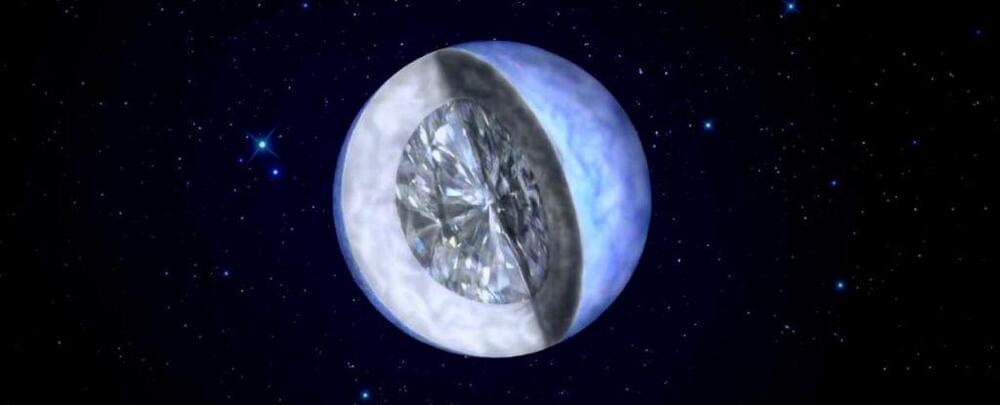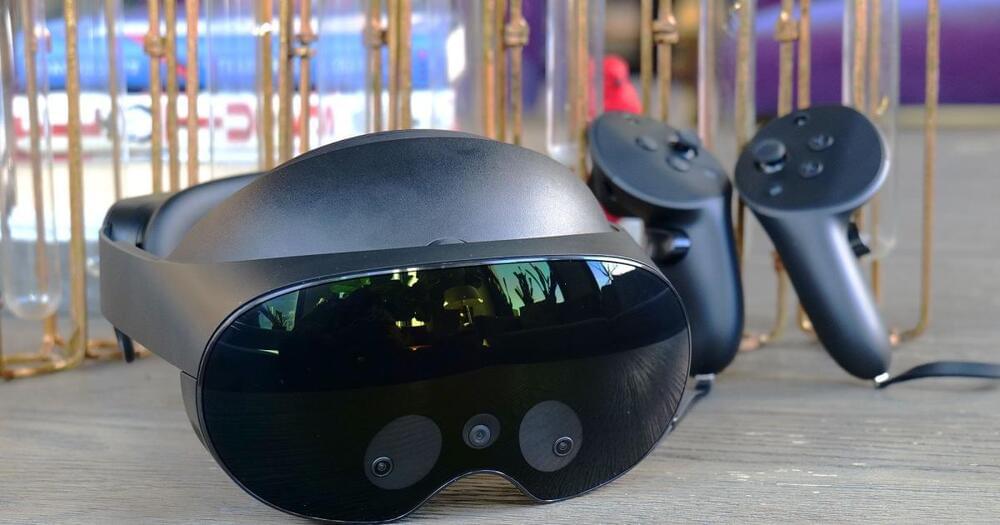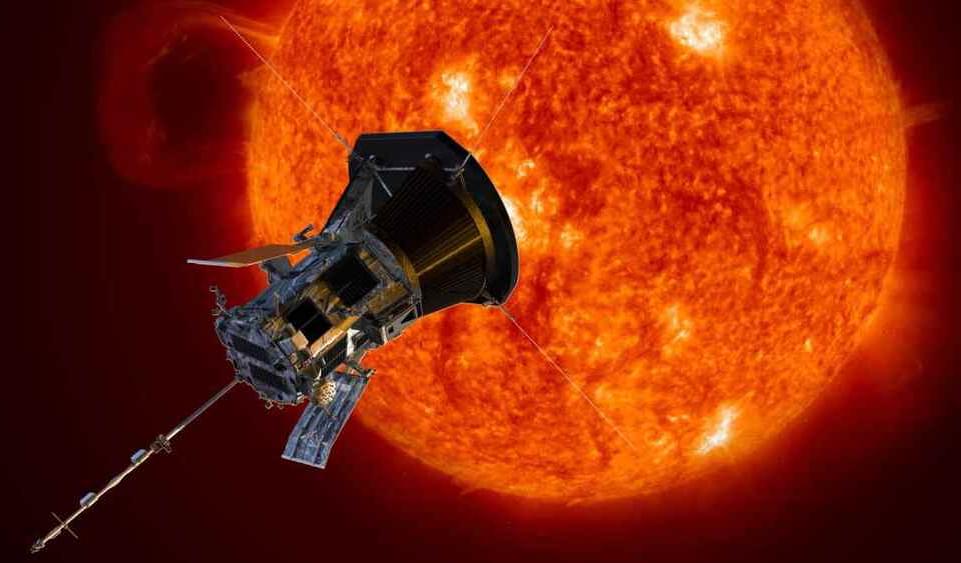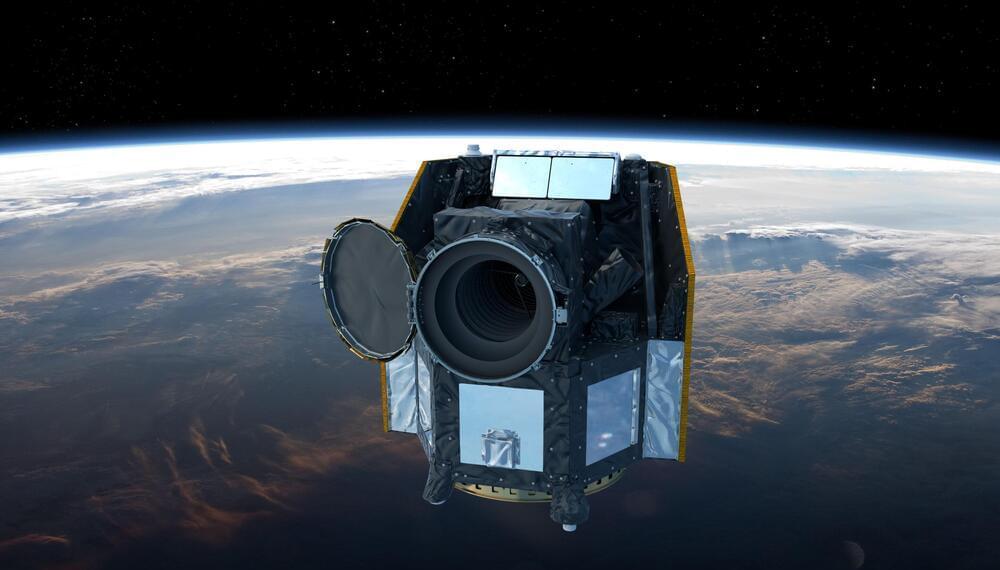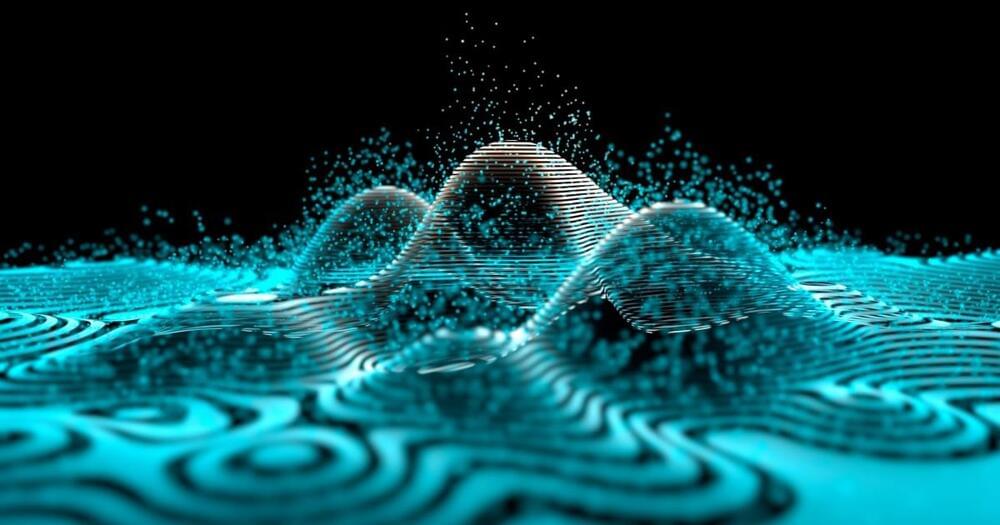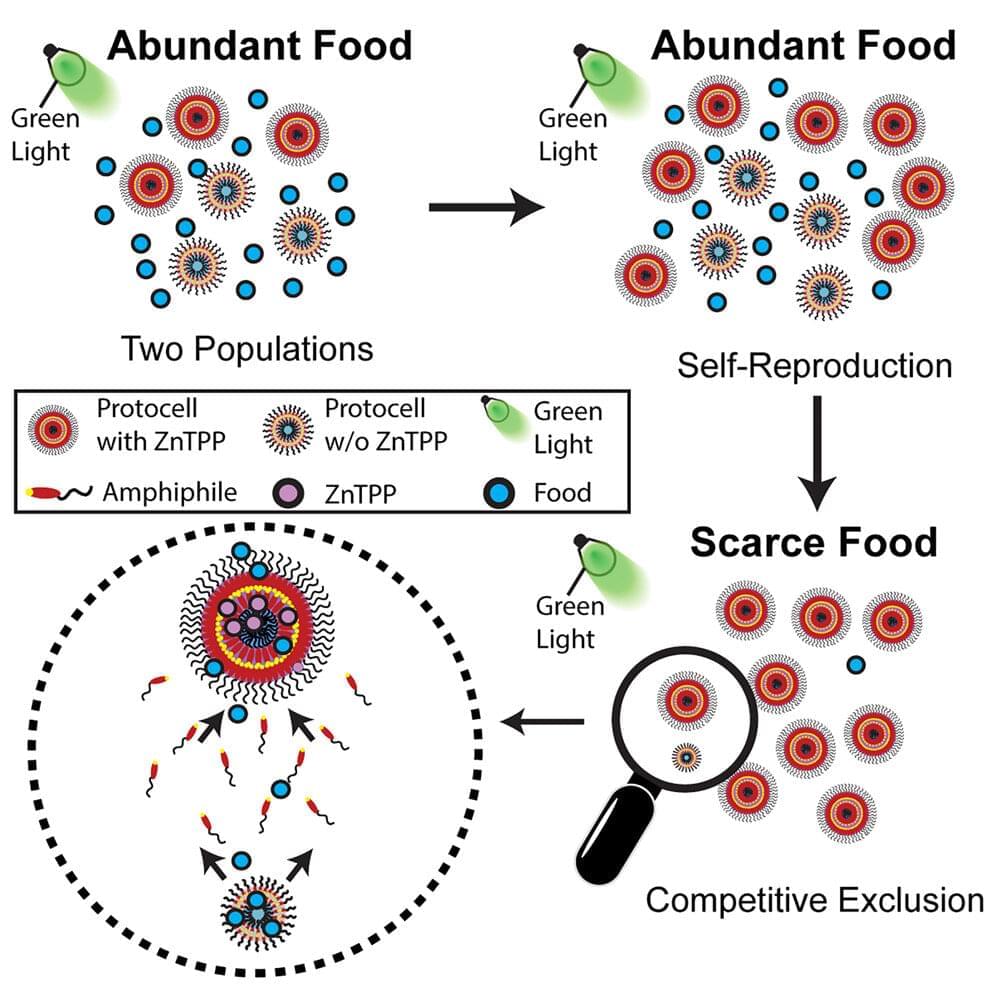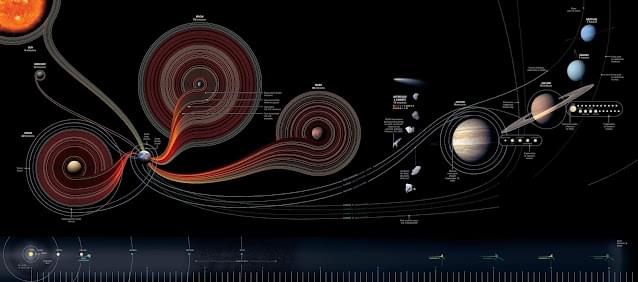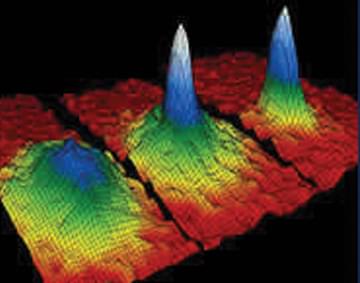Jun 11, 2023
White Dwarf Star Enters Its Crystallization Era, Turning Into A ‘Cosmic Diamond’
Posted by Genevieve Klien in category: space
To us, stars may resemble cut jewels, glittering coldly against the velvet darkness of the night sky. And for some of them, that may actually be sort of true.
As a certain type of dead star cools, it gradually hardens and crystallizes. Astronomers have found one doing just that in our cosmic backyard, a white dwarf composed primarily of carbon and metallic oxygen just 104 light-years away, whose temperature-mass profile suggests that the center of the star is transforming into a dense, hard, ‘cosmic diamond’ made up of crystallized carbon and oxygen.
The discovery is detailed in a paper accepted into the Monthly Notices of the Royal Astronomical Society and available on preprint website arXiv.
